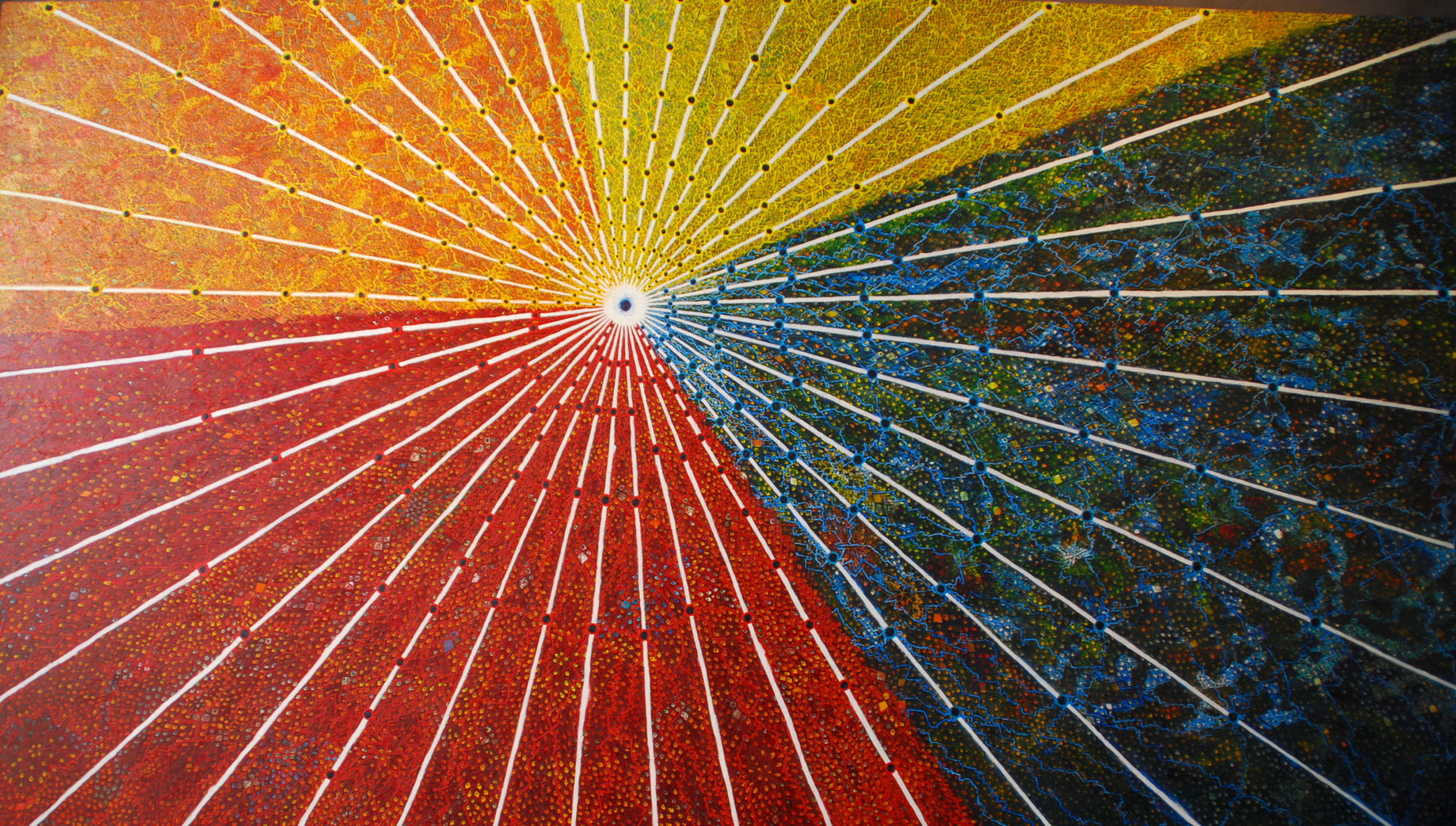Etosha is Namibia’s premier game park. Stretching along the edge of the enormous Etosha pan, a salt flat that occasionally fills with water after the rains, Etosha is spectacularly beautiful, with views seeming to stretch forever across broad plains. Morning and evening light are spectacular (though not long lasting because in open space like that the sun is up quickly and down just as fast). But the real highlight of Etosha is its camps. No, the sites aren’t as nice as those at Kruger (though plenty fine), and the amenities aren’t nearly as extensive as those at South African parks (though prices are certainly higher), but it’s all made up for by the watering holes situated at each camp.

The campsite watering holes are situated on the edge of the camps and are partially ringed by seating areas, from where campsite visitors can safely view the wildlife that gathers there. And with Etosha not having too many watering holes, those that do exist are usually pretty frequented. Best of all, however, is the fact that the waterholes are floodlit at night, meaning that campers get the rare opportunity to view nocturnal wildlife and their activities.

We had our greatest success on our first night at the watering hole at Okaukuejo, which we also found to be the nicest site. (When we get rich, we’re definitely going back and splurging on one of the chalets with private balconies overlooking the watering hole!). Settling in at the hole after dinner, we first spotted two rhinos hanging out on the edge of the light. We also saw a number of jackals, running all around the hole and yapping like crazy, as well as many owls and other large birds.
But the coolest sighting was that of a lioness hanging out at the hole and going down for a drink every now and then.

At one point, while she was resting under a bush, a lone zebra ventured down to the hole.

This peaked the lioness’s interest and she began to stalk toward the vulnerable zebra. But before she could get close enough to launch an attack, the zebra caught wind of her and quickly scuttled off, the lioness not following. It was pretty exciting to witness even though there wasn’t a kill.
Not too long after that the lioness retreated from the hole. It seems she went just out of sight, to an area where the rest of her pride was located as we could for the rest of the night hear them roaring, usually in response to the annoying barking of the jackals. We checked back a few more times hoping they would come out from their hiding spots to visit the hole again, but our luck wasn’t ever again as great as it was at first. But really, we can’t complain. I’d say that all in all we’re pretty darn lucky.


























You must be logged in to post a comment.